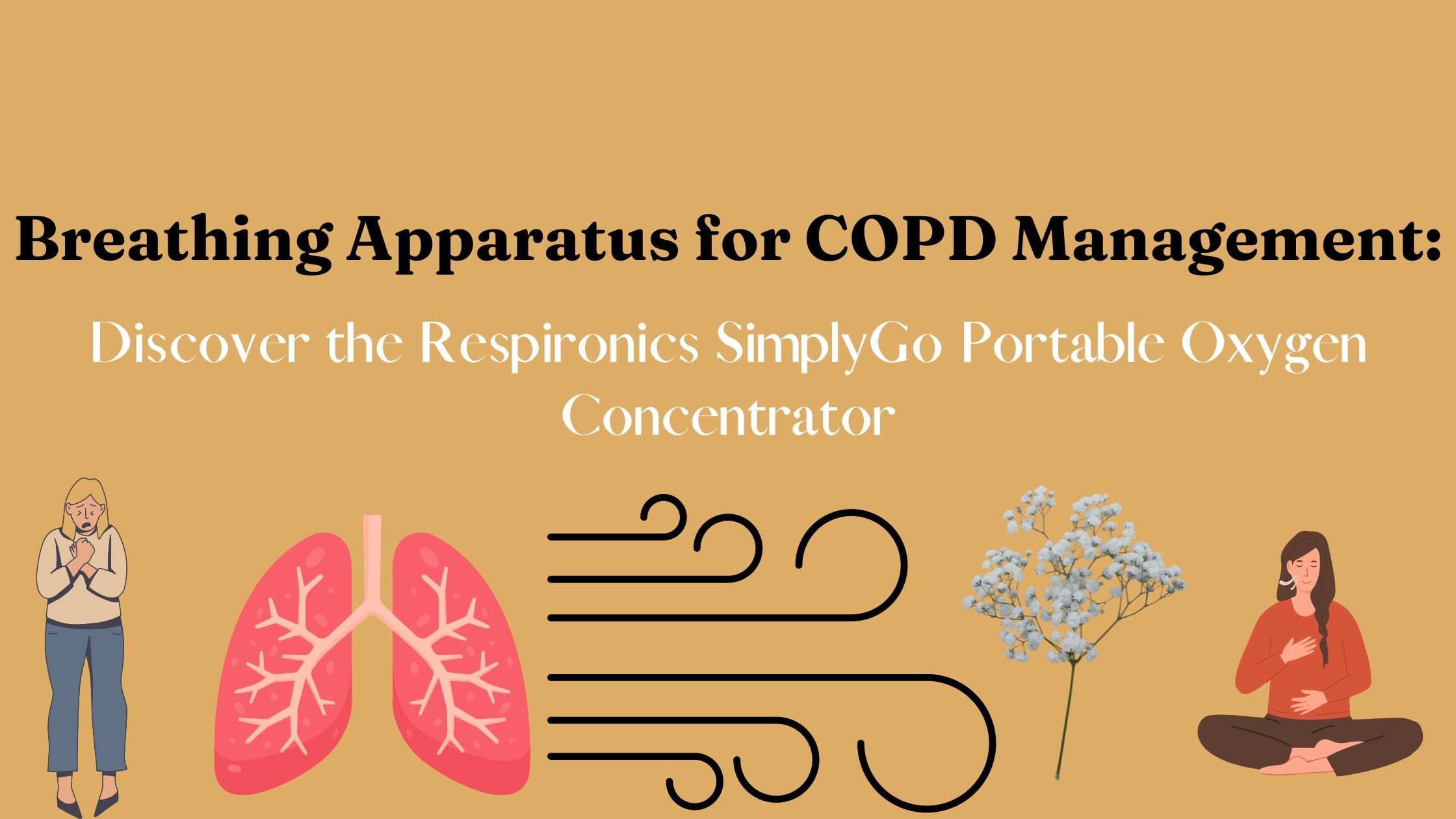
Living With Chronic Obstructive Pulmonary Disease
Living with chronic obstructive pulmonary disease (COPD) can be challenging, but with the right tools and support, you can effectively manage your symptoms and lead a fulfilling life. One crucial aspect of COPD management is the use of breathing apparatuses, which can help improve your breathing, increase oxygen levels, and enhance your overall quality of life.
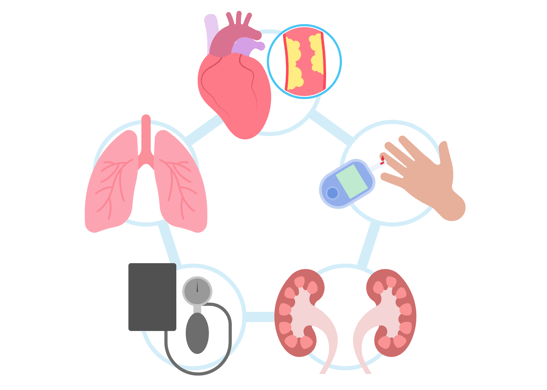
In this blog, we will explore different breathing apparatuses, with a special focus on the Respironics SimplyGo Portable Oxygen Concentrator from LPT Medical. We'll discuss its function, usage instructions, and when it's most beneficial for individuals with COPD.
It may come as no surprise that living with COPD also means living with certain assistive breathing devices. This blog explains a few of the breathing apparatus you need, how they function, and when you need to use these devices.
Understanding the Ins and Outs of COPD:
Before delving into the various breathing apparatuses, it's essential to understand COPD. COPD is a chronic lung disease characterized by obstructed airflow, primarily caused by smoking, environmental factors, or genetic predisposition.
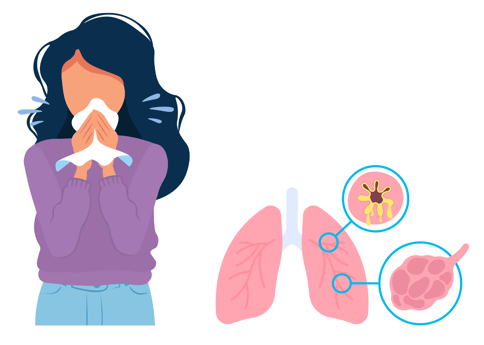
Common symptoms include shortness of breath, coughing, wheezing, and fatigue. COPD is a progressive disease, meaning its symptoms worsen over time. However, proper management can help alleviate symptoms and slow down the progression.
Breathing Apparatuses for COPD:
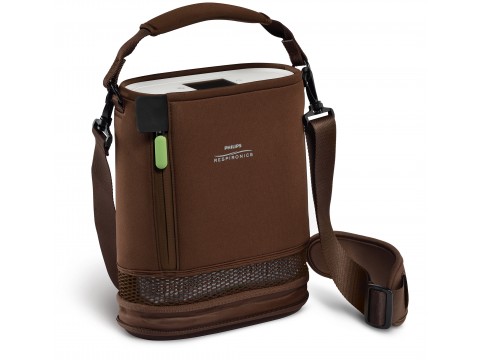
1. Respironics SimplyGo Portable Oxygen Concentrator:
The Respironics SimplyGo is an excellent option for individuals with COPD who require supplemental oxygen. This portable oxygen concentrator (POC) ensures a constant supply of oxygen, allowing you to maintain your oxygen saturation levels throughout the day. Its lightweight and compact design make it easy to carry and use, empowering you to maintain an active lifestyle.
Function:
The SimplyGo Portable Oxygen Concentrator works by taking in ambient air, compressing it, and delivering concentrated oxygen to the user as a form of oxygen therapy.
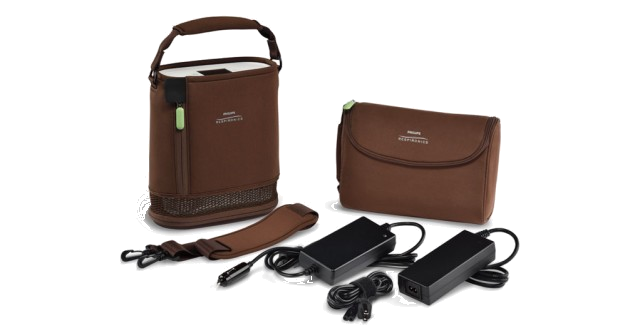
It uses a molecular sieve technology to remove nitrogen from the air, providing a high-purity oxygen supply. The concentrator can deliver both pulse dose and continuous flow oxygen, providing flexibility for various activity levels.
How to Use:
- Ensure the concentrator is fully charged and the battery is inserted.
- Connect the cannula or mask to the oxygen outlet.
- Adjust the settings according to your prescribed oxygen flow rate.
- Power on the concentrator and confirm the oxygen flow.
- Place the cannula or mask on your face, ensuring a comfortable fit.
- Breathe normally and enjoy the increased oxygen levels.
When to Use:
- The SimplyGo Portable Oxygen Concentrator should be utilized by individuals with COPD in various situations:
- During physical activities, such as exercising or walking, to maintain oxygen levels and minimize breathlessness.
- While sleeping, as sleep apnea and low oxygen levels often coexist with COPD.
- When experiencing shortness of breath or oxygen saturation levels below the prescribed range.
- When traveling or engaging in outdoor activities to ensure a constant oxygen supply.
Apart from oxygen concentrators, several other devices can help individuals with COPD manage their symptoms effectively.
Here are a few notable breathing apparatuses:
2. Metered-Dose Inhalers (MDIs):
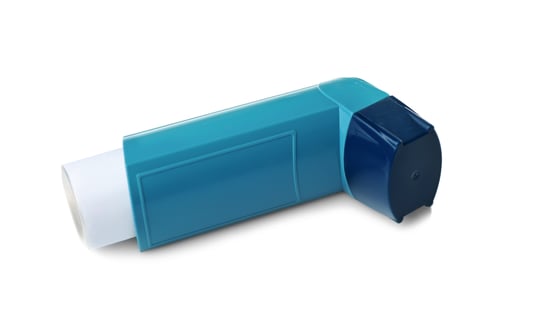
MDIs are handheld devices that deliver medication directly to the lungs. They contain a pressurized canister filled with medication and are widely used to deliver bronchodilators and anti-inflammatory drugs. MDIs require proper coordination between inhalation and activation to ensure effective drug delivery.
3. Dry Powder Inhalers (DPIs):
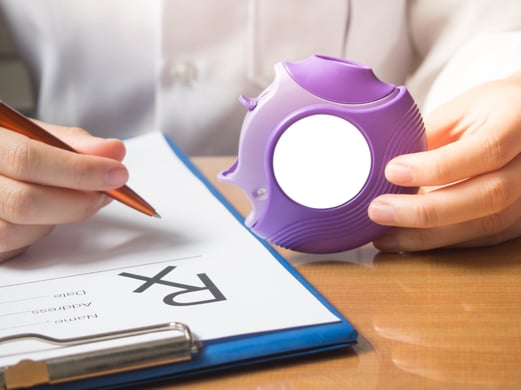
DPIs are inhalation devices that deliver powdered medication to the lungs. Unlike MDIs, DPIs don't require coordination between inhalation and activation. DPIs are activated by inhalation, and the powder is released, allowing you to breathe in the medication effortlessly.
In addition to oxygen concentrators and inhalers, several other devices can assist individuals with COPD in managing their symptoms effectively.
Let's explore two important ones: sleep apnea machines and assisted coughing devices.
4. Sleep Apnea Machines:
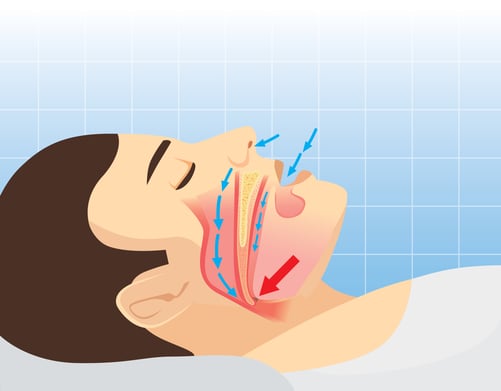
Sleep apnea is a common condition that often coexists with COPD. It causes interruptions in breathing during sleep, leading to daytime fatigue and decreased oxygen levels. Sleep apnea machines, such as continuous positive airway pressure (CPAP) or bilevel positive airway pressure (BiPAP) devices, help alleviate sleep apnea symptoms and improve overall sleep quality.
Sleep Apnea Machine Function:
CPAP and BiPAP machines work by delivering a steady stream of pressurized air through a mask worn over the nose or mouth during sleep. This continuous airflow helps keep the airways open, preventing breathing interruptions and improving oxygenation. CPAP provides a constant pressure, while BiPAP offers variable pressures for inhalation and exhalation.
How to Use a Sleep Apnea Machine:
- Ensure the sleep apnea machine is properly set up, with the appropriate pressure settings
- prescribed by your healthcare professional.
- Put on the mask, ensuring a comfortable and secure fit.
- Connect the mask to the machine using the tubing provided.
- Power on the machine and adjust the settings as per your prescribed pressure.
- Wear the mask throughout the night while sleeping.
- Regularly clean and maintain the equipment to ensure optimal performance.
When to Use a Sleep Apnea Machine:
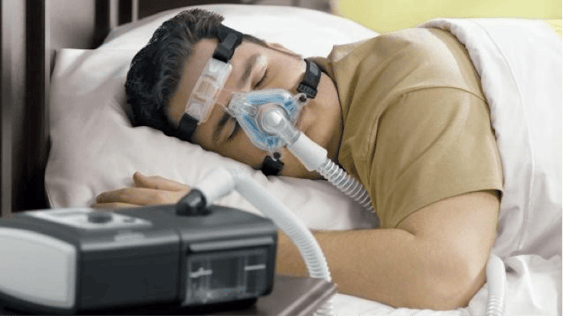
Sleep apnea machines should be used consistently during sleep, especially if you have been diagnosed with sleep apnea or experience symptoms such as loud snoring, excessive daytime sleepiness, or observed breathing interruptions during sleep. Proper and regular use of these machines can significantly improve sleep quality and enhance overall well-being.
6. Assisted Coughing Devices:
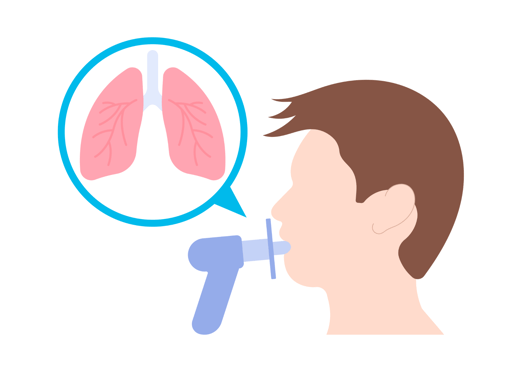
Coughing is an important reflex that helps clear the airways of mucus and foreign particles. However, individuals with COPD may have weak coughing muscles or excessive mucus production, making it difficult to effectively clear the airways.
Assisted coughing devices, such as mechanical insufflators-exsufflators (MI-E) or oscillatory positive expiratory pressure (OPEP) devices, aid in improving cough effectiveness and airway clearance.
Assisted Coughing Devices Function:
MI-E devices assist coughing by delivering a quick burst of air into the lungs, followed by rapid deflation, creating a positive pressure gradient to facilitate mucus clearance. OPEP devices use oscillations or vibrations during exhalation to loosen mucus and improve its expulsion from the airways.
How to Use a Assisted Coughing Devices:
- Consult with your healthcare professional to determine the most suitable assisted coughing
device and receive proper instructions. - Ensure the device is clean and in good working condition.
- If using an MI-E device, attach the airway interface (mask or mouthpiece) to the device.
- Position yourself comfortably and take a deep breath in.
- Follow the instructions provided for initiating the assisted cough. This may involve pressing a
- button, inhaling deeply, or following a specific breathing pattern.
- Repeat the assisted coughing process as directed, ensuring you take breaks as needed.
When to Use a Assisted Coughing Devices:
Assisted coughing devices should be utilized when individuals with COPD experience difficulty in clearing mucus from their airways, have weak coughing muscles, or face recurring respiratory infections due to ineffective mucus clearance. Your healthcare professional can guide you on the frequency and appropriate usage of these devices based on your specific needs.
Conclusion on Breathing Apparatuses Used for COPD
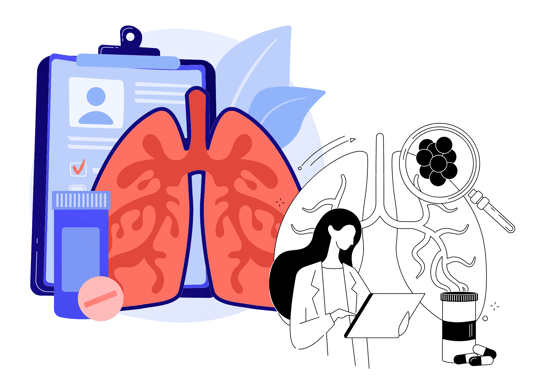
Managing COPD requires a comprehensive approach, and the utilization of breathing apparatuses significantly contributes to enhancing respiratory function and overall quality of life. Oxygen concentrators, sleep apnea machines, and assisted coughing devices play crucial roles in addressing specific challenges faced by individuals with COPD.
These devices provide the necessary support to help regain control over your breath and alleviate symptoms. While COPD may initially take away your breath, with the proper devices used at the appropriate times, you can reclaim your breath and restore a sense of normalcy.
These breathing apparatuses empower individuals with COPD to lead fulfilling lives, engage in daily activities, and enjoy moments with loved ones without the constant burden of breathlessness. By embracing these devices as allies in COPD management, you can embark on a journey towards improved respiratory health and an elevated quality of life.
Remember, it's important to consult with your healthcare professional to determine the most suitable breathing apparatuses for your specific needs and to receive proper guidance on their usage. These devices, combined with a comprehensive COPD management plan, can help you regain control over your breath, enhance your well-being, and embrace a fulfilling life despite the challenges posed by COPD.



